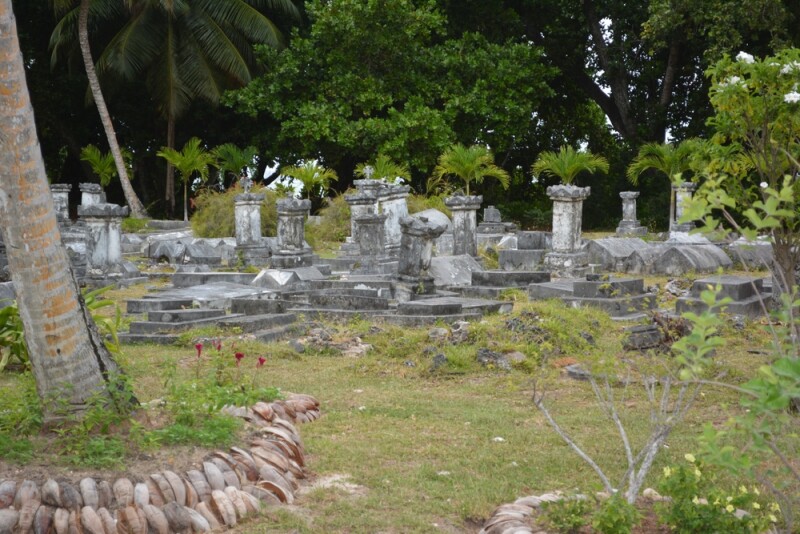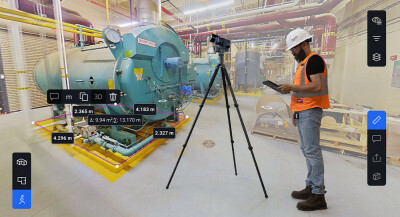Every week, we highlight stories from friends around the internet that put a spotlight on the latest from within the geospatial, advanced visualization, and AEC industries. These stories can take many different forms, whether they be about a new innovation or workflow, an interesting and/or unique use case for technology, or a higher-level look at the state of the sector. Today, we have stories about how reality capture was used in a historical documentation project, the use of GIS for public health, and technology’s role in bridging the construction industry’s skills gap.
Find links to the full articles below.
One Scan at a Time, VCU Researchers Give Life to History in Richmond’s Black Cemeteries
Madeline Reinsel | VCU
We know that reality capture has the power to transform a number of different workflows, adding efficiency and, ultimately, more profitability to enterprise workflows. As we also cover in this space, though, the technology also adds a wealth of information to historical preservation and documentation, which is the focus of this article. Here, Reinsel outlines a project at Virginia Commonwealth University in which students used 3D scanning to help preserve, restore, and document Woodland Cemetery, the final resting place for approximately 30,000 Black residents from the Richmond area.
Puerto Rico Tackles Dengue with Help from GIS
Esri
Just like with reality capture above, GIS is used by a variety of industries for numerous use cases – even more than reality capture. It also goes well beyond business applications, with perhaps the most famous use in recent years being during the COVID-19 pandemic, both in the early days to track the spread, then later to help prioritize areas for testing, and finally to do the same for vaccinations. That truly showed the power GIS can have for public health efforts, and this article highlights another more recent use in this realm, with GIS being used as a powerful tool to address a widespread outbreak of dengue in Puerto Rico.
How to Use Tech to Fill Construction’s Skills Gap
Gonzalo Galindo | Construction Dive
Anyone in the construction industry is aware of the gap organizations are facing regarding finding enough skilled workers to meet the growing demand for projects. There are many ways to address this problem, but emerging technology is one of the most important, as embracing new tools can improve efficiency, automate tedious tasks, and ultimately free up the workers that are in-house for the important work. However, this process can often be easier said than done. This article runs through some of the best practices for managers looking to start their technological adoption journey.




.jpg.small.400x400.jpg)

